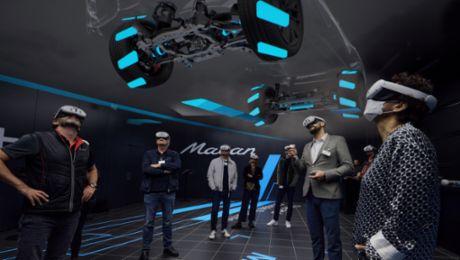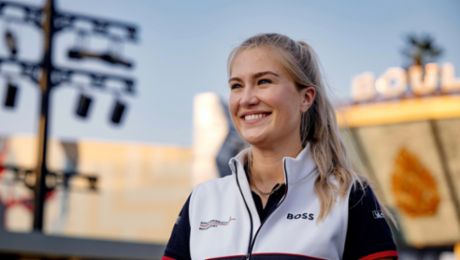Today, instead of pixelated roads we find razor-sharp landscapes that are so lifelike that they are even used for automotive development. After all, there’s one thing gamers and automotive developers have in common: They want to transfer reality into the virtual world in as much detail as possible—some to feel like they’re in a real car while gaming, and others to test new vehicle functions with the aid of simulations. But who’s leading the way here?
The answer to this question is: It depends. Even though today’s computer games come very close to the driving performance of real racing cars, engineers still have a better understanding of the physics of driving and the properties of standard systems such as ABS or ESP. Even the behavior of the tires is difficult to replicate, which is why the game manufacturers tend to use more general tire models. “Some manufacturers of computer games do, however, go to great lengths to create digital likenesses of the originals,” says Sebastian Hornung, CEO of Porsche subsidiary OverTake. “For example, a company from Italy searched through racing protocols from the 1970s in order to recreate the Porsche 917 and the Porsche 956 in the computer over months of painstaking work.”
– When it comes to the look of digital racing cars, Porsche helps the game developers. They receive 3D models of the current vehicles from the sports car manufacturer. If necessary, they can measure the dimensions of historic racing cars in the Porsche Museum by laser scan, and even record their sound. “Because the game manufacturers always use the latest graphics engines, the models they create are likely to look a little better,” Hornung suspects.
Laser scans detect the smallest unevenness
On the track, they’re neck and neck. This is because both game manufacturers and engineers use service providers that can use laser scans to detect even the smallest unevenness on the road surface. The vehicle developers also work with the same high level of precision on ordinary roads, such as freeways, which are measured exact to the millimeter for route modeling article. Data like this is generally not available to the game manufacturers.
In the meantime, Porsche is working on automating the digitalization of roads with the help of the ‘Virtual Roads' app, thereby opening up new use cases. In doing so, video recordings – recorded on smartphone through the windshield – are expected to serve as the starting point for the creation of a route model. In the future, the app could, for example, be used at events.
Info
Text first published in the Porsche Engineering Magazine, Edition 1/2024.
Author: Christian Buck
Illustration: Julian Pacaud
Copyright: All images, videos and audio files published in this article are subject to copyright. Reproduction in whole or in part is not permitted without the written consent of Dr. Ing. h.c. F. Porsche AG. Please contact newsroom@porsche.com for further information.
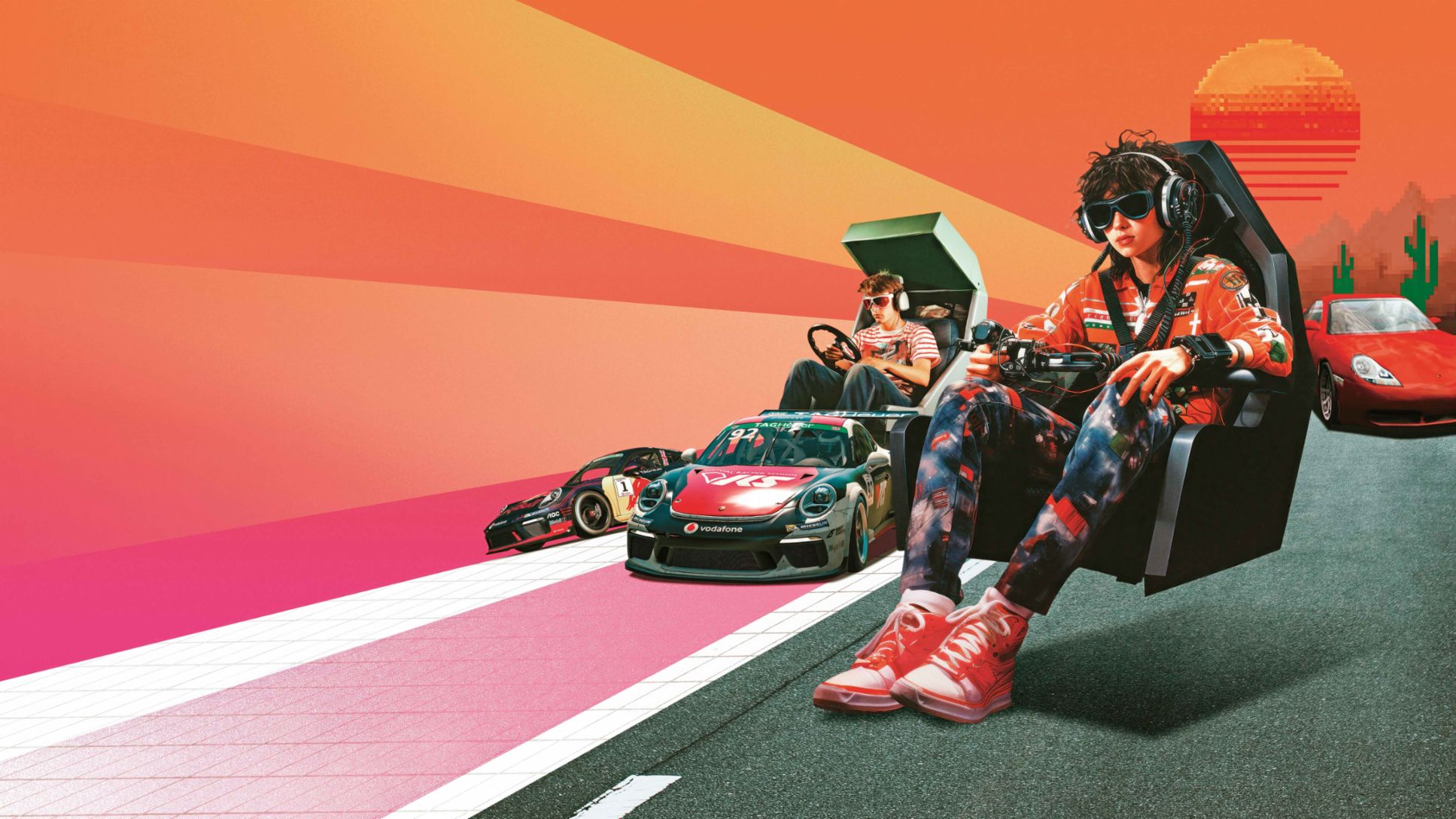
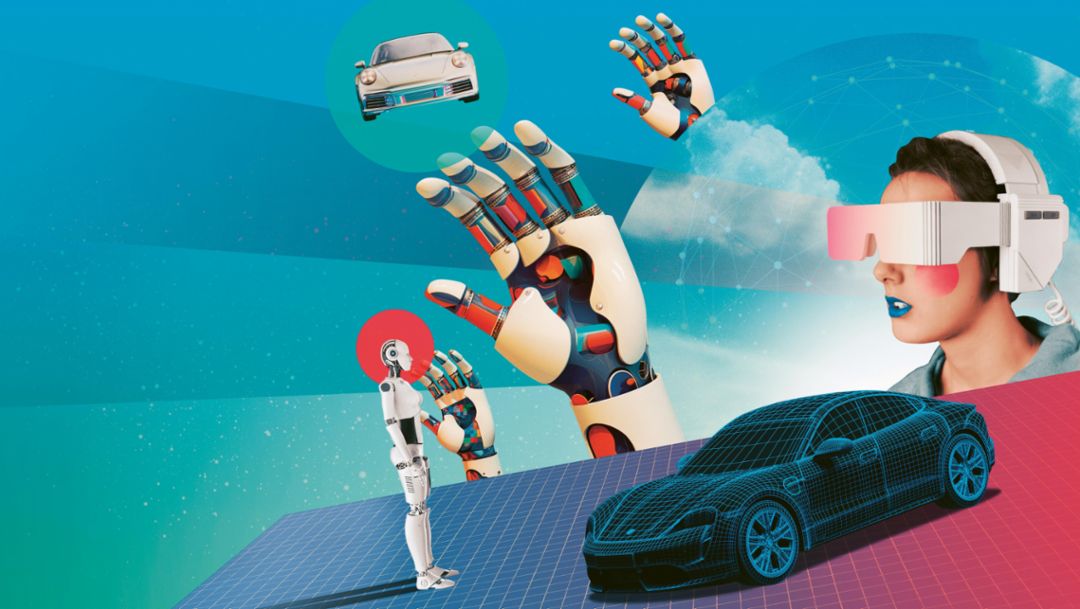

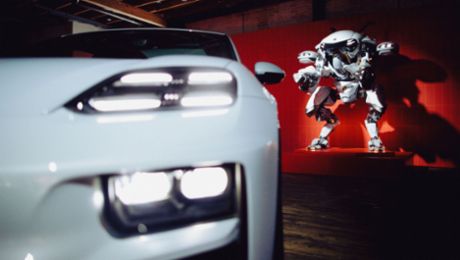
.jpeg/jcr:content/Virtual_Roads%20(14).jpeg)
